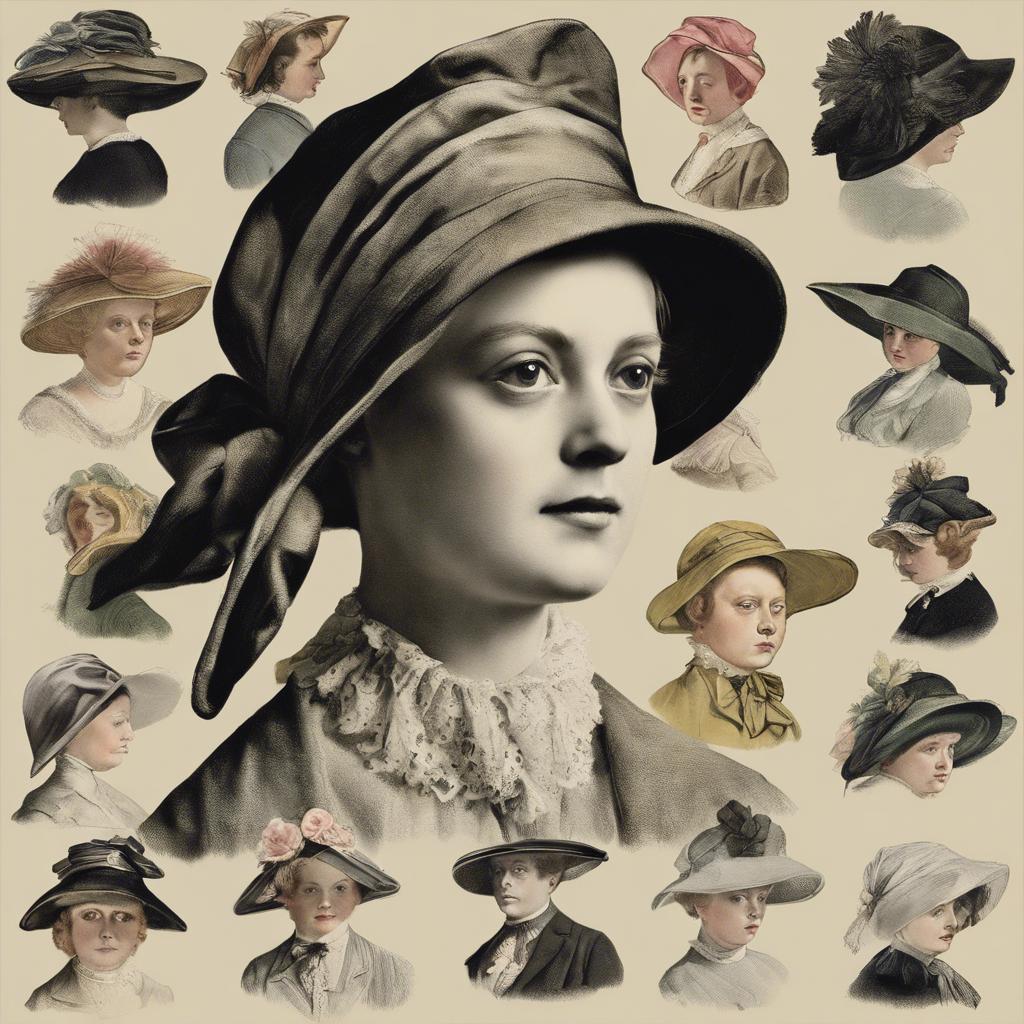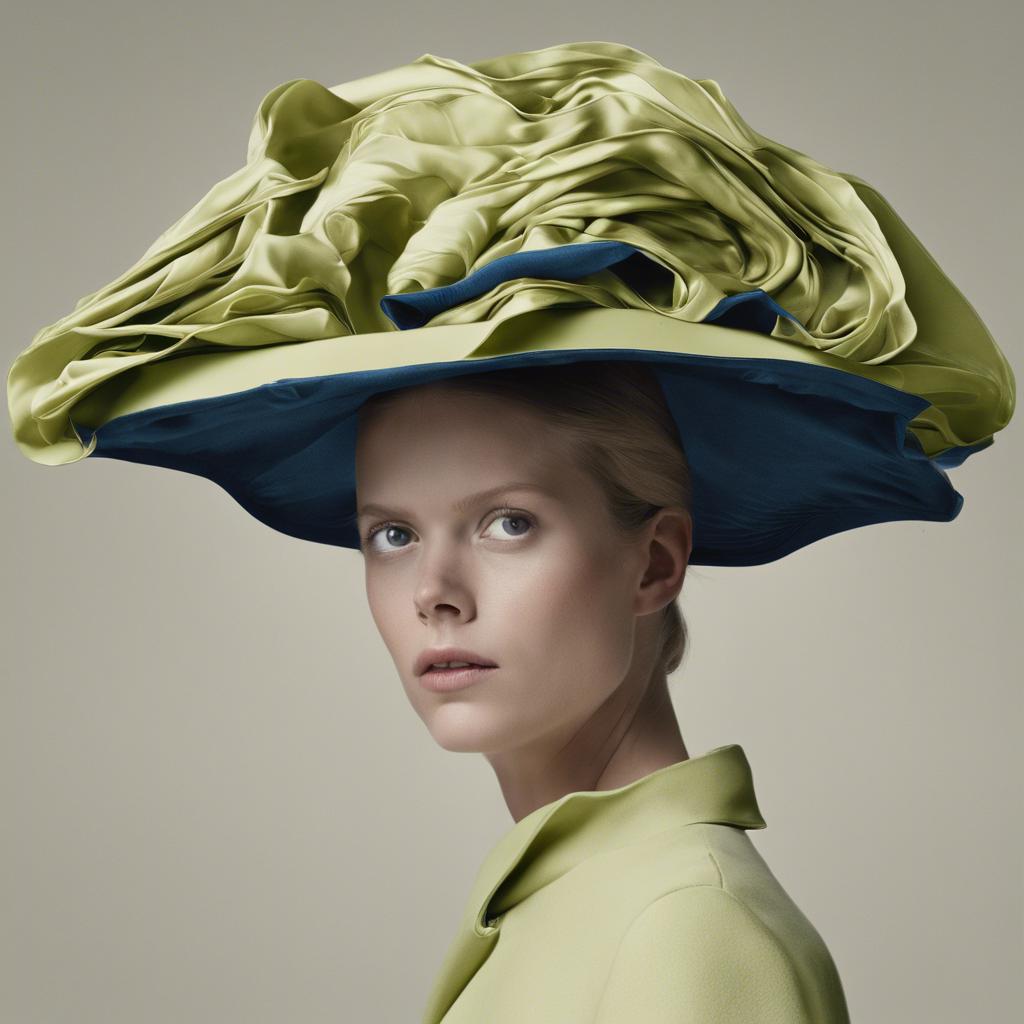In the early 19th century, the fashionable bonnet known as the “capote” swept through high society. With its unique shape and elegant design, the capote bonnet quickly became a must-have accessory for stylish women of the era. Join us as we delve into the history and significance of this iconic headwear, exploring its origins, evolution, and enduring legacy in the realm of fashion.
Step Into the World of Cheryl Bolen
Dive into the enchanting stories of love, intrigue, and elegance set in the Regency Era. Cheryl Bolen's novels offer timeless romance and captivating tales that will leave you wanting more.
Explore Cheryl Bolen's Books Now
Origins of the Capote Bonnet: A Brief History
The capote bonnet has a rich history dating back to the 18th century in France. Originally designed as a practical and fashionable accessory for women, the capote bonnet quickly gained popularity and became a staple in women’s fashion during this time. Made from luxurious materials such as silk and lace, the capote bonnet was often embellished with intricate details like ribbons and feathers.
During the Victorian era, the capote bonnet experienced a resurgence in popularity, becoming a symbol of elegance and sophistication. Women of all social classes were seen sporting these stylish bonnets, which were often custom-made to match their outfits. The capote bonnet was not only a fashion statement but also served a practical purpose by shielding the wearer from the sun and keeping their hairstyle intact.
As fashion trends evolved, the capote bonnet fell out of favor in the early 20th century, only to make a comeback in recent years as a vintage-inspired accessory. Modern versions of the capote bonnet can be seen on fashion runways and in street style looks, proving that this timeless accessory continues to captivate fashion enthusiasts around the world.
Design Features of the Capote Bonnet: Practicality and Elegance Combined
Capote bonnets were a popular accessory during the 18th and 19th centuries, known for their unique design features that combined practicality and elegance. One key design element of the capote bonnet is its wide brim, which provided ample shade and protection from the sun, making it a functional accessory for outdoor activities.
The bonnet was typically made from high-quality fabrics such as silk or velvet, showcasing intricate embroidery and embellishments that added a touch of sophistication. The delicate ribbon ties not only secured the bonnet in place but also added a decorative element to the overall look, making it a stylish accessory for women of all social classes.
With its versatile design, the capote bonnet could be worn with a variety of hairstyles, from elaborate updos to loose curls, making it a versatile accessory for women of different fashion preferences. Whether attending a formal event or simply taking a leisurely stroll in the park, the capote bonnet was a must-have accessory for any fashionable woman during the 18th and 19th centuries.
Choosing the Right Capote Bonnet for Your Style
When it comes to , it’s important to consider the historical context of this iconic headpiece. The capote bonnet originated in the 18th century as a popular accessory for women of all social classes. Made of silk or velvet, these bonnets were often embellished with lace, ribbons, and flowers, adding a touch of elegance to any outfit.
In order to select the perfect capote bonnet for your style, take into account the shape of your face. Different styles of bonnets will flatter different face shapes, so be sure to try on a few options to see what works best for you. Additionally, consider the color and fabric of the bonnet, as these elements can make a big impact on your overall look.
If you’re feeling unsure about which capote bonnet to choose, don’t be afraid to seek advice from a professional milliner. These experts can help you find the perfect bonnet to complement your style and make a statement. Remember, the capote bonnet is not just a fashion accessory – it’s a piece of history that can add a touch of vintage charm to your wardrobe.
Maintenance Tips for Preserving the Beauty of Your Capote Bonnet
If you want to ensure that your capote bonnet stays as beautiful as the day you first wore it, follow these maintenance tips:
1. Store it properly: Make sure to store your capote bonnet in a cool, dry place away from direct sunlight. Avoid folding or crushing the bonnet, as it can damage the delicate structure.
2. Clean with care: Use a soft brush or damp cloth to gently remove any dirt or dust from your bonnet. Avoid using harsh chemicals or washing machines, as they can cause irreversible damage to the fabric and embellishments.
3. Protect from pests: To prevent moths and other pests from damaging your capote bonnet, store it in a breathable garment bag or box with cedar chips or lavender sachets. Check on your bonnet regularly to ensure it remains pest-free.
Closing Remarks
the capote bonnet holds a significant place in the history of fashion and serves as a symbol of practicality and elegance during the 19th century. Its design, characterized by its large brim and chin ties, exemplifies the blending of style and functionality that was prized during this era. While the capote bonnet may no longer be a commonly worn accessory in modern times, its legacy lives on in the world of fashion and continues to inspire designers and enthusiasts alike. By understanding the history and significance of this iconic headwear, we gain a deeper appreciation for the craftsmanship and ingenuity of our predecessors. So next time you come across a depiction of a woman in a capote bonnet, take a moment to reflect on the rich history and cultural significance embodied in this timeless piece of headwear.


